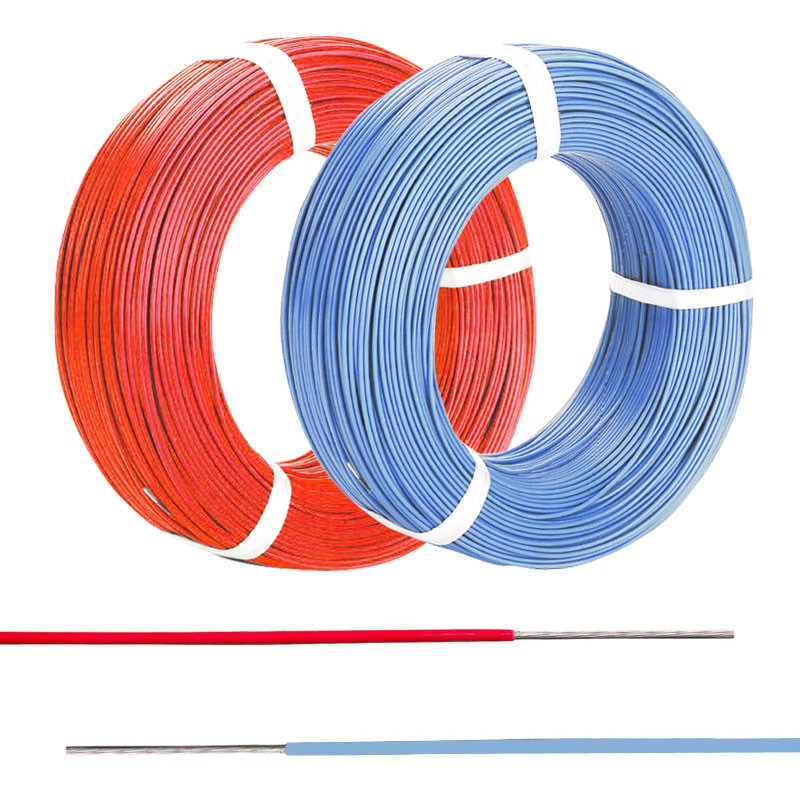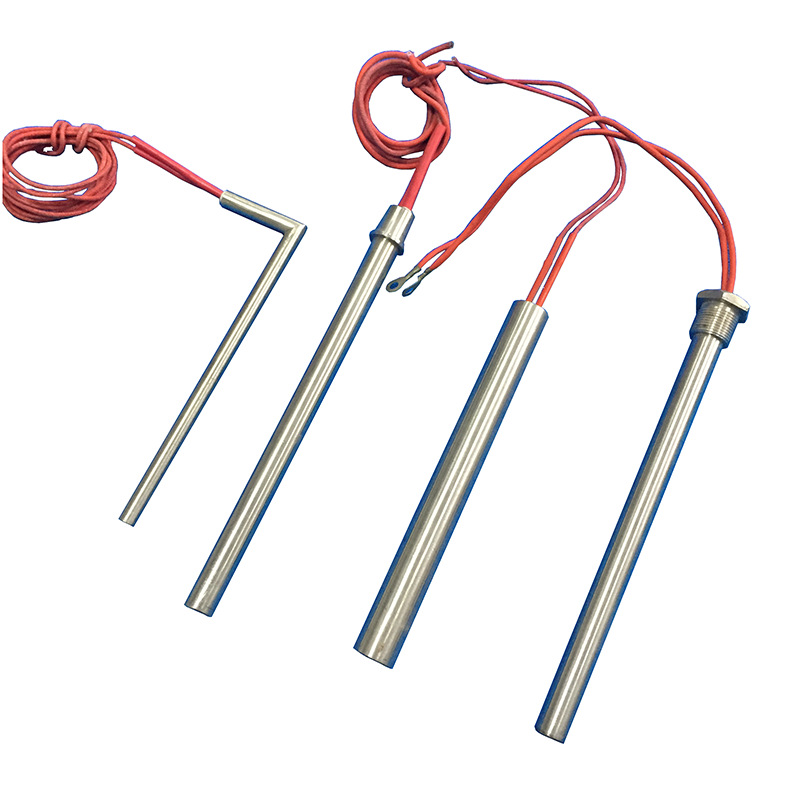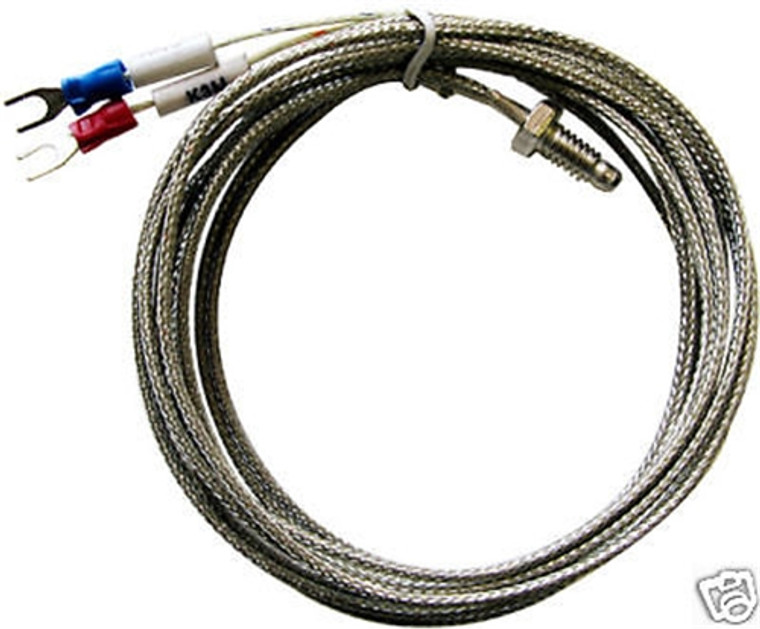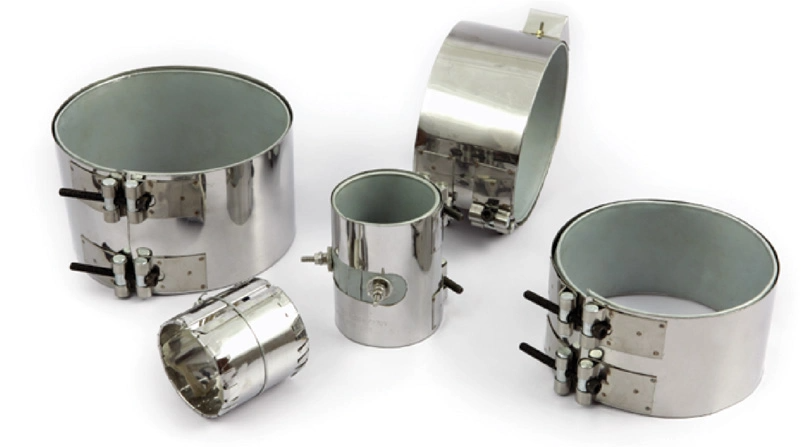Fiberglass resin is a versatile material used in various industries. Silicone, known for its flexibility and heat resistance, is also a popular choice for many applications. But one question often arises: Will fiberglass resin stick to silicone? This is an important consideration, especially when combining materials like silicone fiberglass cable in construction, automotive, or crafts.
Let’s explore the compatibility of these materials, how they work together, and what alternatives might be helpful.
Understanding Fiberglass Resin and Silicone
Before addressing their compatibility, it’s essential to know the properties of each material:
- Fiberglass Resin:
- Often made from polyester, vinyl ester, or epoxy.
- Used as a binding agent for fiberglass fabrics.
- Hardens to a durable, waterproof layer after curing.
- Resistant to wear, heat, and chemicals.
- Silicone:
- A rubber-like material available in flexible or rigid forms.
- High resistance to extreme temperatures.
- Non-stick, water-repellent, and chemically stable.
- Commonly used in molds, seals, and coatings.
Both materials are strong and heat-resistant, making them suitable for demanding environments. However, their inherent properties raise compatibility challenges.
The Science of Adhesion
Adhesion occurs when two surfaces bond at the molecular level. For this to happen:
- The surfaces need chemical compatibility.
- Surface energy and texture play a critical role.
- Proper preparation is necessary to ensure bonding strength.
Silicone has a naturally low surface energy, making it slippery and non-stick. This property is why silicone is excellent for non-stick bakeware or mold-making but also makes bonding with fiberglass resin difficult.
Why Fiberglass Resin Does Not Stick to Silicone
Fiberglass resin does not bond well to silicone because of these reasons:
- Non-Stick Surface: Silicone’s surface repels adhesives.
- Chemical Incompatibility: Fiberglass resins do not chemically react with silicone.
- Lack of Surface Roughness: Silicone is often smooth, preventing mechanical grip.
Even when sanded, silicone retains its low-energy characteristics, resisting most bonding attempts.
When Bonding Is Necessary
If you need to combine fiberglass resin and silicone, consider these approaches:
- Use specialized adhesives designed to bond silicone with other materials.
- Choose silicone-compatible primers to create a bondable surface.
- Explore mechanical fastening methods like screws or clamps.
Alternative Solutions for Bonding
If direct bonding is impossible, explore these options:
- Replace silicone with a material that works well with fiberglass resin, such as rubber or polyurethane.
- Create a two-part system where the silicone acts as a removable liner or mold, and the fiberglass resin forms the rigid structure.
Best Practices for Combining Silicone and Fiberglass Resin
If you need to work with both materials in one project, follow these steps:
- Surface Preparation:
- Clean the silicone surface thoroughly to remove oils.
- Sand the surface lightly for added texture (though this may not always help).
- Use a Primer:
- Apply a bonding primer specifically designed for silicone.
- Choose the Right Adhesive:
- Use adhesives like silicone-based glue or epoxy with added coupling agents.
- Test Small Areas First:
- Conduct a test on a small, inconspicuous area to ensure compatibility.
Key Differences Between Silicone and Fiberglass Resin
Here’s a quick comparison:
![]()
Wrap Up
So, will fiberglass resin stick to silicone? The answer is no.
The non-stick nature and chemical properties of silicone prevent fiberglass resin from forming a strong bond. However, with the right preparation, primers, or specialized adhesives, you can work around this limitation. Always test materials before starting a large project, and consider alternatives if bonding proves too challenging.














